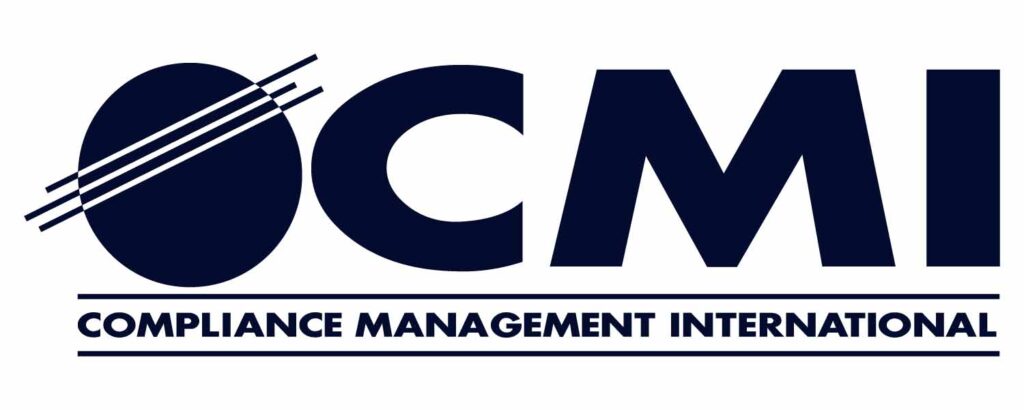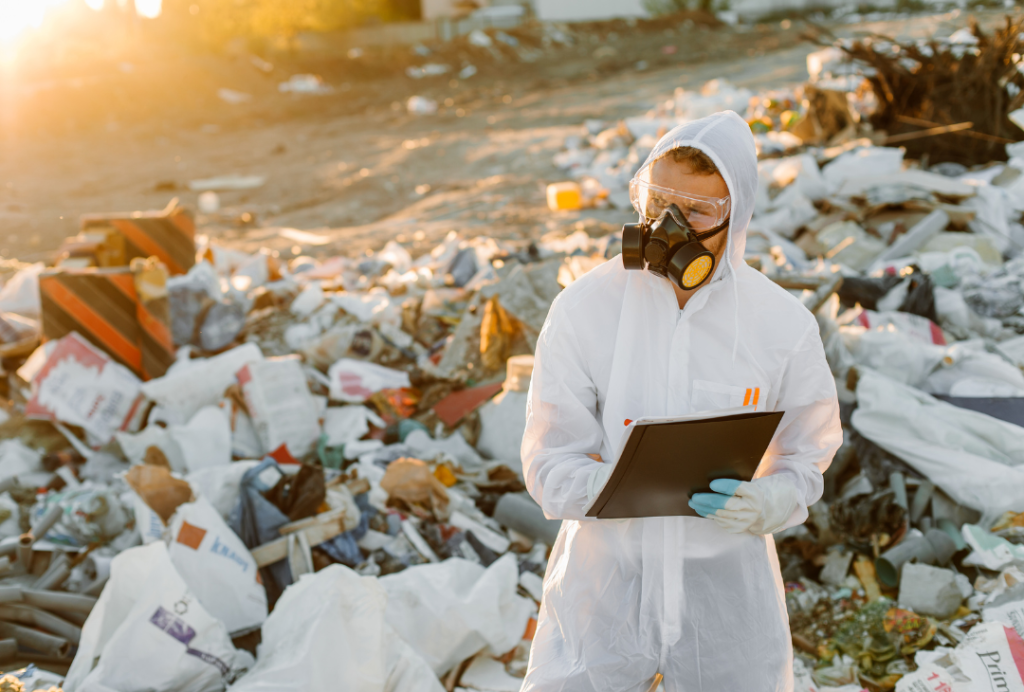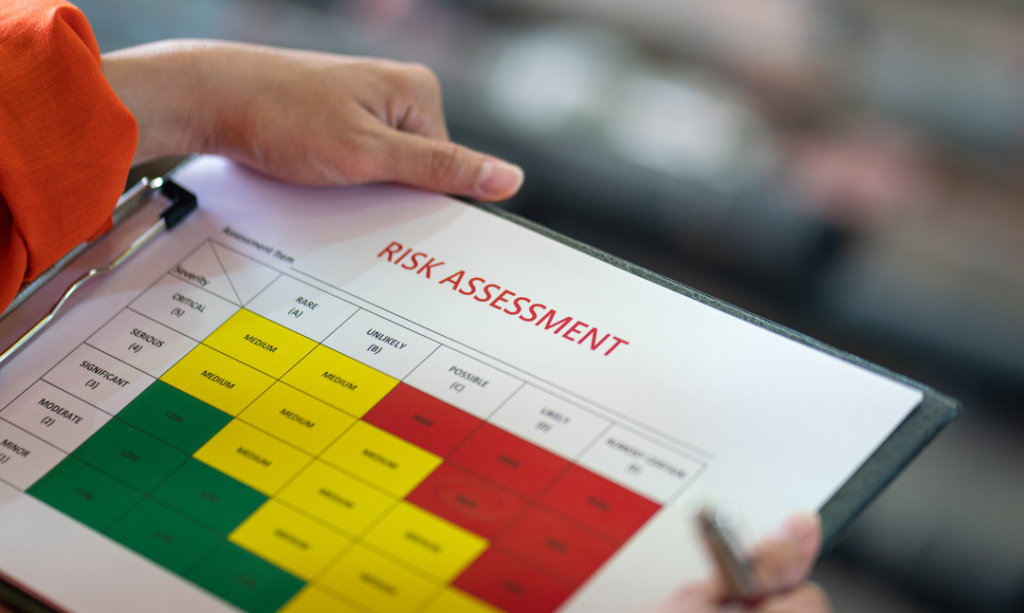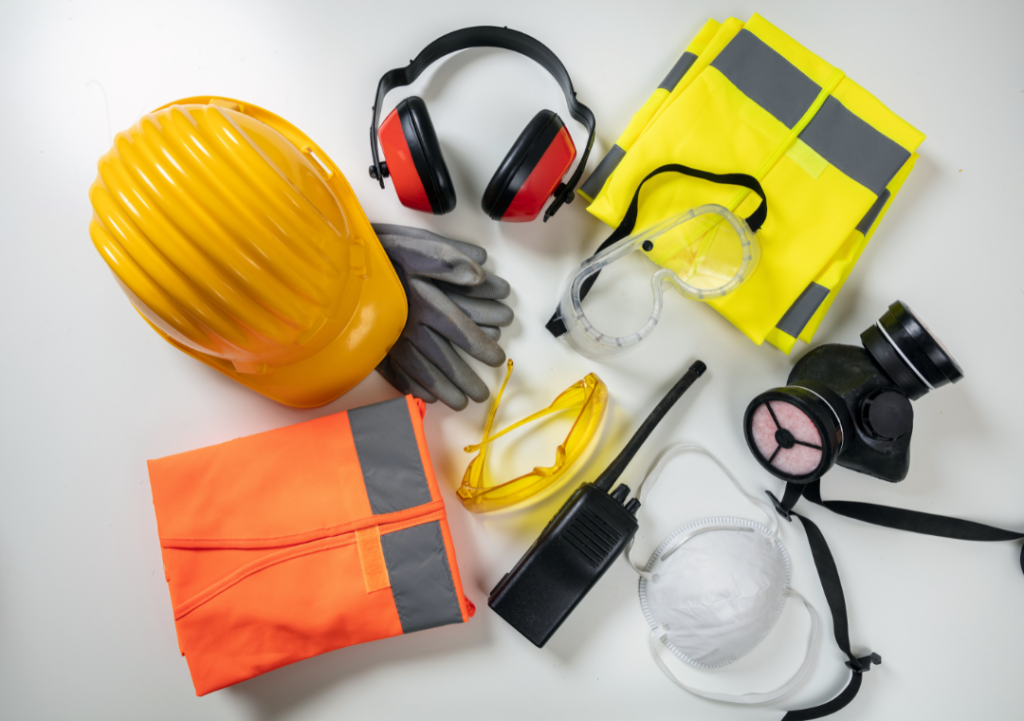ANSI Z359.14 Update: What You Should Know
As of August 1, 2023 manufacturers of Self Retracting Devices (SRD) claiming compliance to ANSI/ASSP Z359.14 will need to comply with the latest revision.
How will this impact construction safety?
Many of the updates are related to testing criteria for SRDs. An increase in the drop test weight from 282 pounds to 310 pounds etc. Not meaning to down-play the importance of these testing changes but this article is written from a functional, boots-on-the-ground perspective. The standards are also the minimum requirements and manufactures are encouraged to exceed the standards. As such, you should thoroughly review the manufactures provided information, warnings, and limitations for each device.
Changes in classifications is something that all Safety Professionals need to be aware of. According to the existing standard there are two Classes of SRDs, Class A and Class B. Under the revised standard, Classes A and B designation will no longer be used. The new classifications will be Class 1 and Class 2 (pictured below).
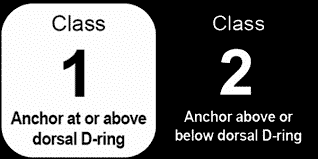
Products manufactured to previous revisions of the ANSI Z359.14 standard may continue to be used provided the product continues to meet the inspection requirements as defined by the manufacturer, conducted at the recommended intervals by a Competent Person.
This suggests that for some period there will be 4 classifications in use. It is important to know the details of each SRD in use on your sites. It will also be important to know if the facility that you are working at will require immediate compliance with the new standard or will there be time to phase out older equipment.
Some other designations have changed as well.
- SRL categories have been designated:
- SRL
- SRL-P New for Personal SRL. These are typically referred to as “yo-yo’s”
- SRL-R The R is for rescue which is typically a handle on the side for retrieval
- SRL-LE (Leading Edge) has been removed and will now be designated under Class 2
- Class 1 SRD – For use with anchorages AT or ABOVE the dorsal D-ring. Maximum allowable freefall not to exceed 2 feet
- Class 2 SRD – For use with anchorages ABOVE or BELOW the dorsal D-ring. Maximum allowable freefall not to exceed 6 feet
- Class 2 devices are now required to have an integral energy absorber on the lifeline. For SRL-P devices where the device attaches to the users dorsal D-ring instead of the anchorage, no energy absorber is required on the lifeline. The SRD must provide some means to dissipate the arresting forces
- Class 2 devices shall include labels illustrating a fall clearance table and diagram of the axes shown in the table. These labels shall be affixed to the product, preferably at or near the point of attachment to the full body harness
- Class 2 SRL-P devices shall include a clearance requirement label
- A warning card is required to be provided as a separate card insert with each SRD.
Fall Protection regulations, standards and practices can be challenging to navigate alone. CMI prides itself on its training capabilities: from our world class instructors, to building custom courses to suit the needs of our clients. We would love to talk with you about your training needs. Contact us today!
The intent of this article is to highlight some of the changes in the standard.
Please refer to the ANSI/ASSP Z359.14-2021 complete document for more information.
Written by, Charles M. Dornisch PMP, CHST
